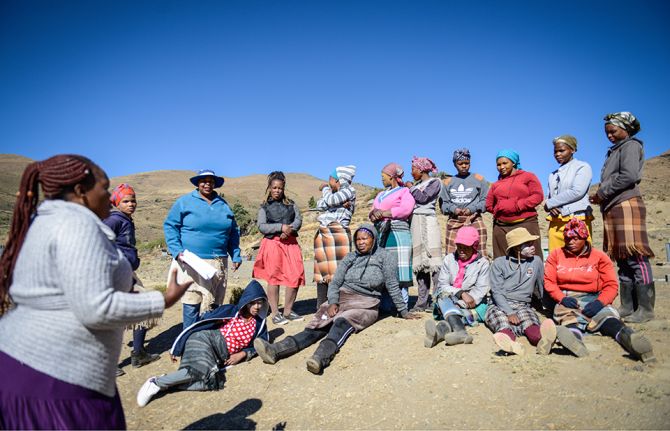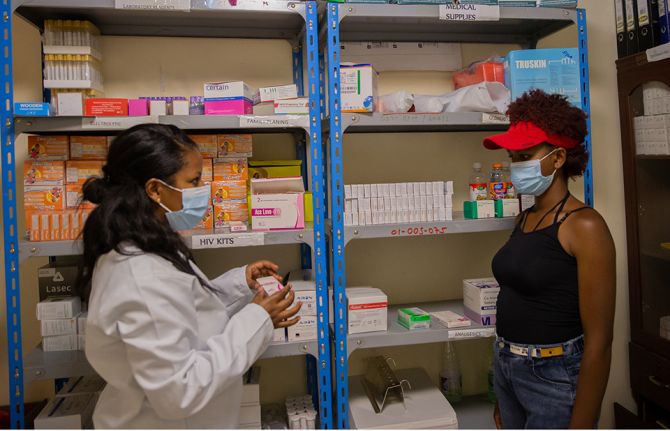
Feature Story
New report shows increase in AIDS financing but funding still falls short
05 June 2007
05 June 2007 05 June 2007Financing the response to the global AIDS epidemic has emerged as one of the world’s greatest health and development challenges.
As the world’s leaders prepare to meet this week for the annual G8 Summit, UNAIDS and the Kaiser Family Foundation release a new report analyzing funding for AIDS in low- and middle- income countries provided by the G8 and other donor governments.
The report, Financing the response to AIDS in low- and middle- income countries: International assistance from the G8, European Commission, and other donor Governments, 2006 tracks funding levels of the mentioned donor governments, who collectively provide the bulk of international assistance for AIDS through bilateral programmes and contributions to the Global Fund to Fight AIDS, Tuberculosis and Malaria.
Some key findings of the report include that in 2006, international AIDS assistance from the G8, European Commission, and other donor governments reached its highest level ever with commitments totaling US$5.6 billion and disbursements, or funds made available during the year, reaching US$3.9 billion.
The report details how donor government funding has risen significantly over the past several years. “Between 2002 and 2006, commitments and disbursements each increased more than three-fold, although commitments rose at a faster rate than disbursements,” the report states.
In terms of investment levels, the report notes that the United States government provides by far the largest share of donor government funding for AIDS, accounting for nearly half (47%) of funding commitments made by these governments in 2006. The Netherlands ranks second with 17% of commitments, followed by the United Kingdom at 14%.
However, when donor efforts are assessed based on national wealth (AIDS funding disbursements per million US dollars of GDP), three non-G8 Members – the Netherlands, Sweden, and Ireland – emerge as leading the pack in funding. The U.S. falls in the middle and Japan and Italy are at the bottom.
Despite the evident increases in funding for 2006, the report also underlines a US$6 billion funding gap between UNAIDS’ estimates of resource needs compared to resources available in 2006 was US$6 billion, “a difference that could even grow larger over the next few years,” the report states.
Links:
Read the full report (pdf, 144 KB)
Read note to the press on the report (pdf, 43,9 KB)
Additional links:
Read UNAIDS press statement: UNAIDS urges continued bold and decisive leadership from G8 countries on AIDS ( en | fr | ru ) (pdf, 26,9 KB | 33,7 KB | 221 KB)
Visit the G8 web site (in German)
Visit the G8 AIDS Campaigning web site ( en | es | fr | ru | pt )



